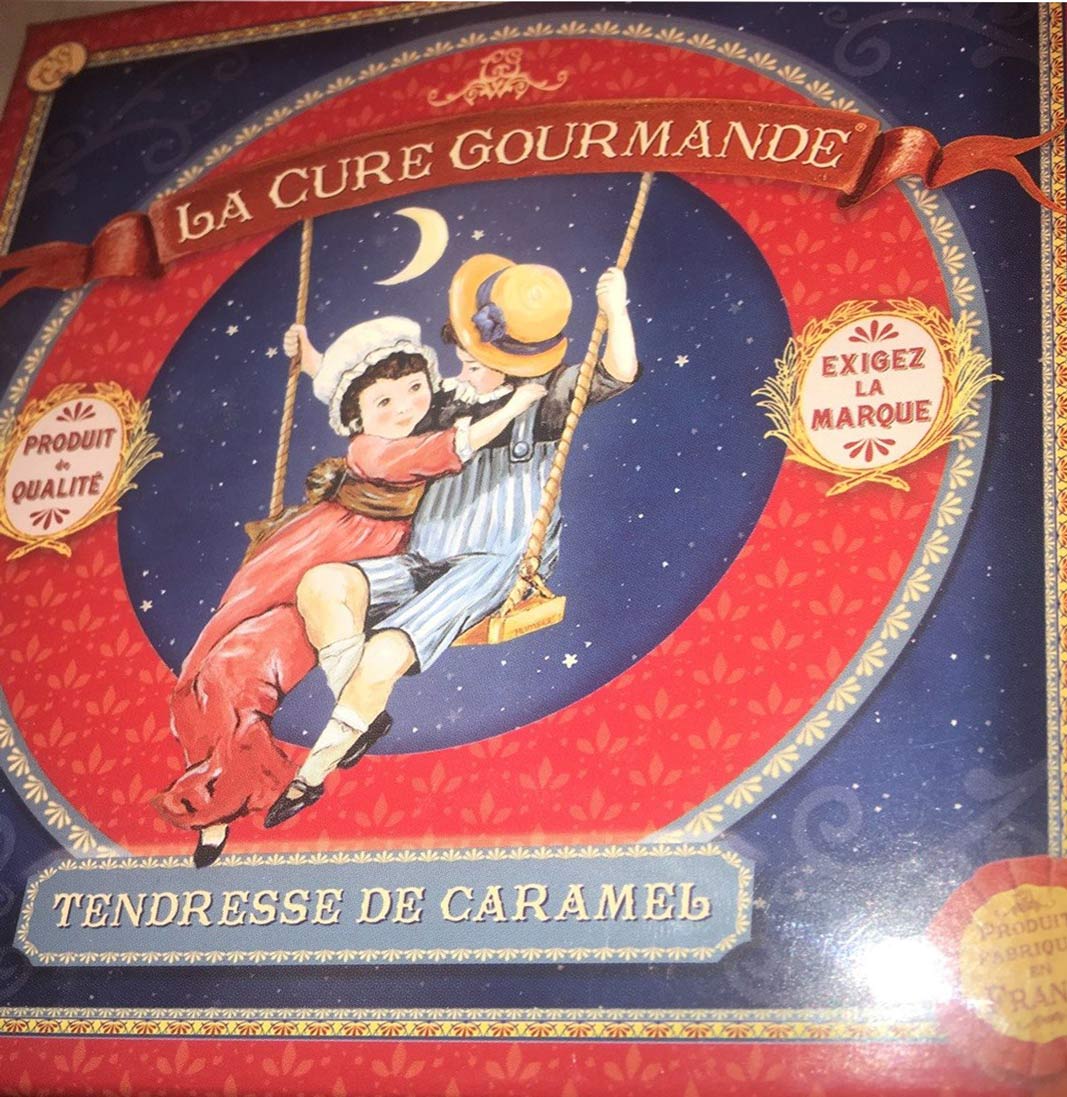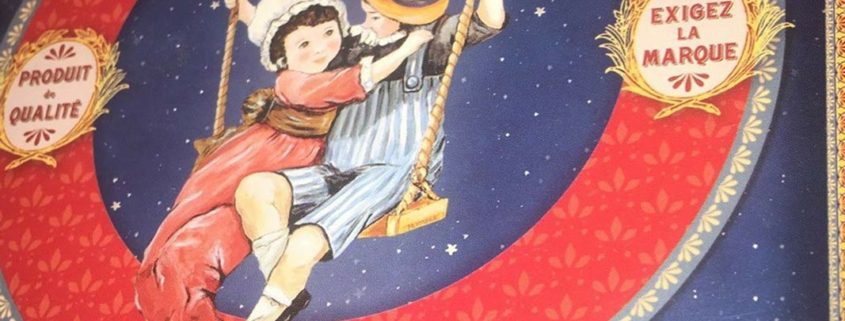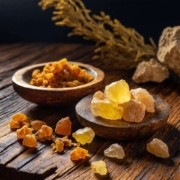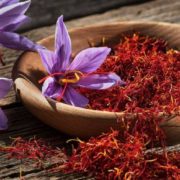Gourmand Perfumes

Although the family of gourmand perfumes is relatively new in the entire fragrance world, they have become the primary choice in the cooler seasons, especially when we want to snuggle up to autumn fragrances during the transition from summer to fall. They are delicious, seductive, as well as warm, and may come in various facets ranging from foodies to spices to florals. Just like a well-equipped kitchen, the composition range is not limited.
Wanna know more about these edible notes of perfumes? Keep exploring with us.
In this article, we’ll be discussing exactly what gourmand fragrances are, their brief history, what they smell like, and much more. So, let’s get exploring.
Table of contents
-
What are gourmand perfumes?
-
Types of gourmand perfumes
-
A brief history of gourmand perfumes
-
What do gourmand perfumes smell like?
-
Why you should prefer gourmand perfumes of natural origins over the synthetic ones
-
Final words
What are gourmand perfumes?
Gourmand perfumes or otherwise described as foodie fragrances or olfactory desserts are a mixture of aromatic compounds such as essential oils that tend to smell edible with an elevated touch of flavor, usually featuring notes like vanilla, chocolate, honey, candy floss, almond, caramel, coffee, and even bubblegum, and so on.
While the gourmand compositions are largely focused on exerting edible scents, they can be blended with base notes which may be non-edible such as patchouli and musk for serving to ground them.
There might be a combination of spicy or floral facets with the edible notes in gourmand formulations as well, to reflect an elegant, romantic effect in the flavor, making these scents perfect for both men as well as women.
With their different intensities within the family, gourmand perfumes have been found increasingly popular among men and women over the course of the past two decades.
Types of gourmand perfumes
Fragrances of the gourmand family can be of two types, either natural in origins such as vanilla, coffee, benzoin, and tonka bean, or fantasy synthetic elements such as aromatic chocolate, sweet candy, and burnt sugary caramel, that are recreated using their artificial accords of lab-made synthetic compounds.
A brief history of gourmand perfumes
Although the formulations of gourmand fragrances gained trending popularity from the olfactory desserts that were created from the oriental notes (now amber notes) in the 1990s, the concept was not then completely new.
Guerlain Shalimar, which was borne in 1925 and gained noticeable fame for the profuse use of vanilla, is considered the earliest scent of the gourmand category. In 1956, Diorissimo was created and launched mainly to capture the contemporary interests of heavy and sweet notes that are often found common in gourmand scents. The nose behind this formulation was Edmond Roundnitska who was a French perfumer composer and is remembered in history as the inventor of modern perfumery.
Eau de perfume Angel which was formulated by Thierry Mugler, a famous Frech fashion designer, and launched on a fashion runway in 1992, is considered the very first modern gourmand fragrance.
As the beauty and fashion market advances, these olfactory desserts are accompanied by more than just a flavor of sweetness. Master perfume composers formulated a wide range of scents with an extended creativeness of novelette that sometimes showed up as even wired notes like pizza and lobster. And today, the gourmand perfumes family is considered a debonair subcategory in the entire world of modern fragrance.
What do gourmand perfumes smell like?
Gourmand perfumes are all about tasty edible notes of fragrances that are formulated with reckless creativity to make people feel hungry for sweetness, which is why it is popularly referred to as olfactory desserts. They are usually created inspired by sugared fruits, desserts, pastries, and comforting hot drinks.
The sweetness of gourmand scents is unlike anything else in the world but is often accompanied by umami and savory too. They combine the fascinating facets of buttery tonka beans, roasted coffee, luxury coconut nuanced, sugary benzoin, and many others with almost always a liberal serving of rich vanilla.
Why you should prefer gourmand perfumes of natural origins over the synthetic ones
We should always consider choosing natural origins over their synthetic counterparts no matter whether it is the gourmand family or anything else when it comes to choosing perfumes.
Today, the beauty and fragrance market is flooded with mass-produced synthetic fragrances. A large number of lab-made aromatic components used in fragrance production have been found linked to increased risks of serious health problems including the development of certain types of cancer.
Natural perfumes, on the other hand, not only reduce the risks of health issues but also offer a whole range of healing benefits for various health conditions including physical, mental, and emotional.
This is the reason why most people, especially those who are sensitive to fragrances, prefer perfumes that are of natural origins and produced using only natural aromatic materials such as essential oils of flowers, leaves, and roots.
Final words
Though originated much earlier, the family of gourmand perfumes was highly popularized in the early 90s. They are best known for edible notes that make you feel nostalgically hungry for winter festive foods such as vanilla cakes and pastries and hot drinks like roasted coffee, which is why fondly called “olfactory desserts” or “foodie fragrances”.
The comforting and warm scents of luxurious vanilla, rich-creamy caramel, sugary cotton candy, and roasted chocolate, among many others, make them a must-have perfume for cooler seasons.
Here you can see a few of our natural and pure Gourmand Perfumes
See also:
Olfactory psychology – The Language of Scents
The Psychological Effect of Scents





















Leave a Reply
Want to join the discussion?Feel free to contribute!